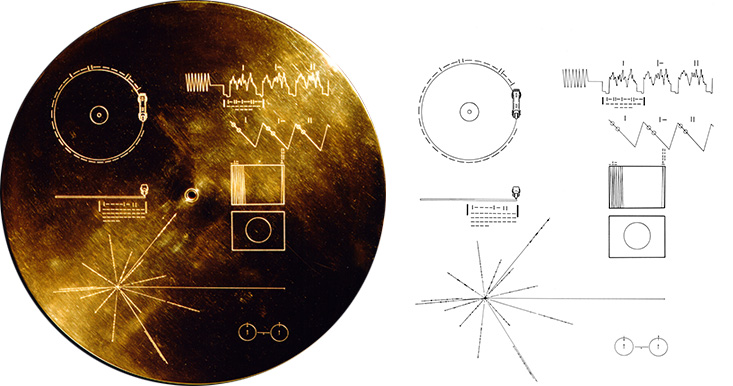Sometimes you get lucky. I was lucky when I found this calculator:
I was excited by this find. You don't find many of these in the calculator bins at thrift stores because the internet has made them famous. They are easy to get, but not for $3.00. The 11C (from the Voyager series) was a mid-range RPN programmable scientific. This one was made around 1987 and while used, it is clean and works really well.I have another Voyager series calculator, but it's the more common (and still manufactured) 12C Financial. The 12C is a hard calculator to like because of late-stage capitalism, but the 11C is filled with scientific goodness. Sine? Check. Statistical analysis? Check. Programming? Check. This little gem has it all.
As I was enjoying playing around with these marvelous buttons, I started thinking about the back of these little wonders. Why the back? The back is covered with information engraved on an aluminum sheet. The back serves as a cheat sheet of sorts; offering guidance on how to program the device, common error codes, battery size and orientation. It's delightfully empty of words instead relying on the dual universal language; images and math. I took the time to search through the manual to understand it and make this information graphic:
The cover and the contents of the record says more about us as humans than it could ever say to a distant people. Sagan likened the record as a note in a bottle. It may reach far distant shores or it may be lost in the vast unknown. Both are possible, but we hope the bottle lands none-the-less. We know that the record is there. We know that the information lives on. We know that something of ourselves is out there. It's as romantic and artistic a view of space travel as we are likely to get from scientists. (Unrelated, send poets and artists into space, not just scientists.)






